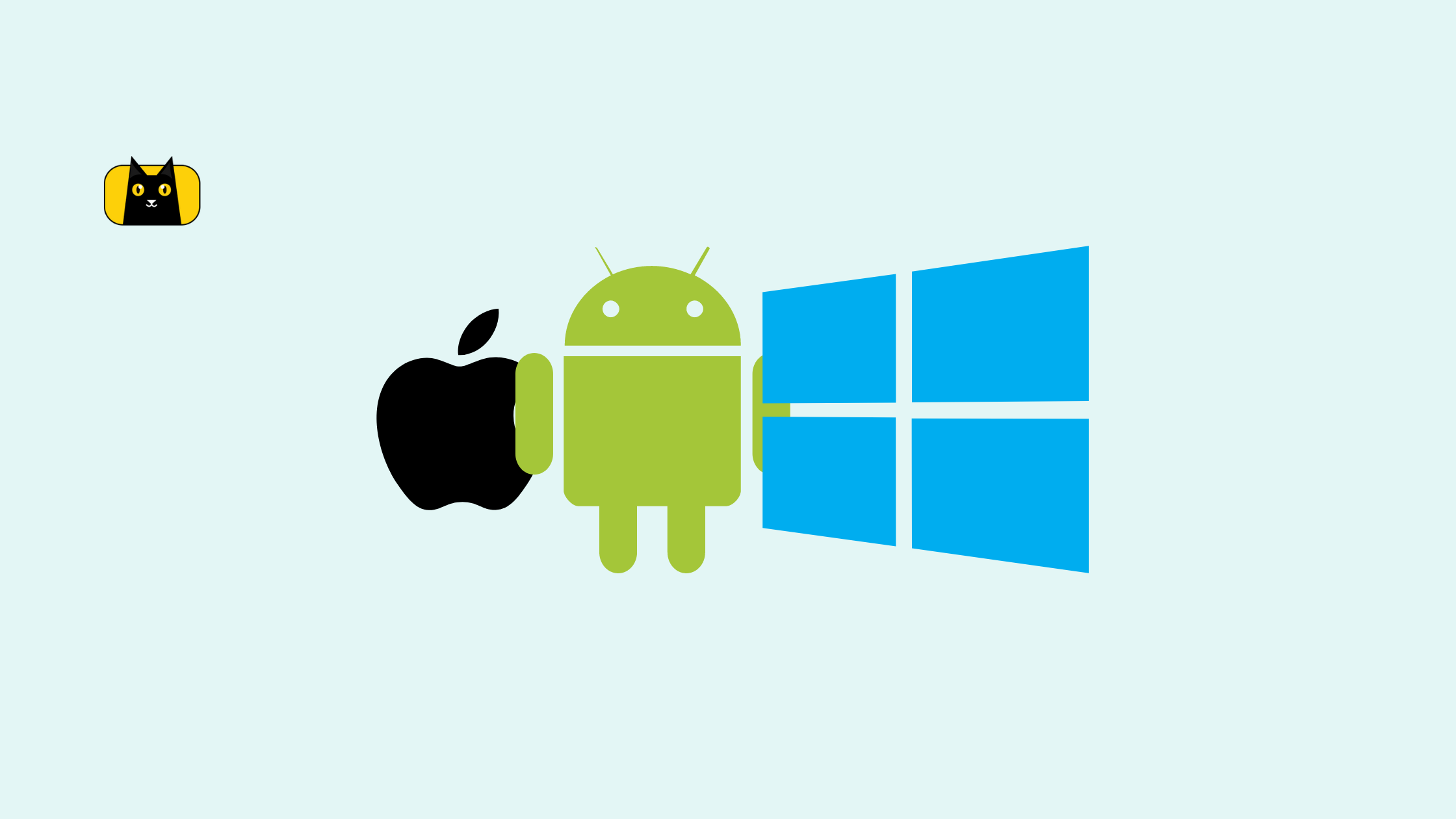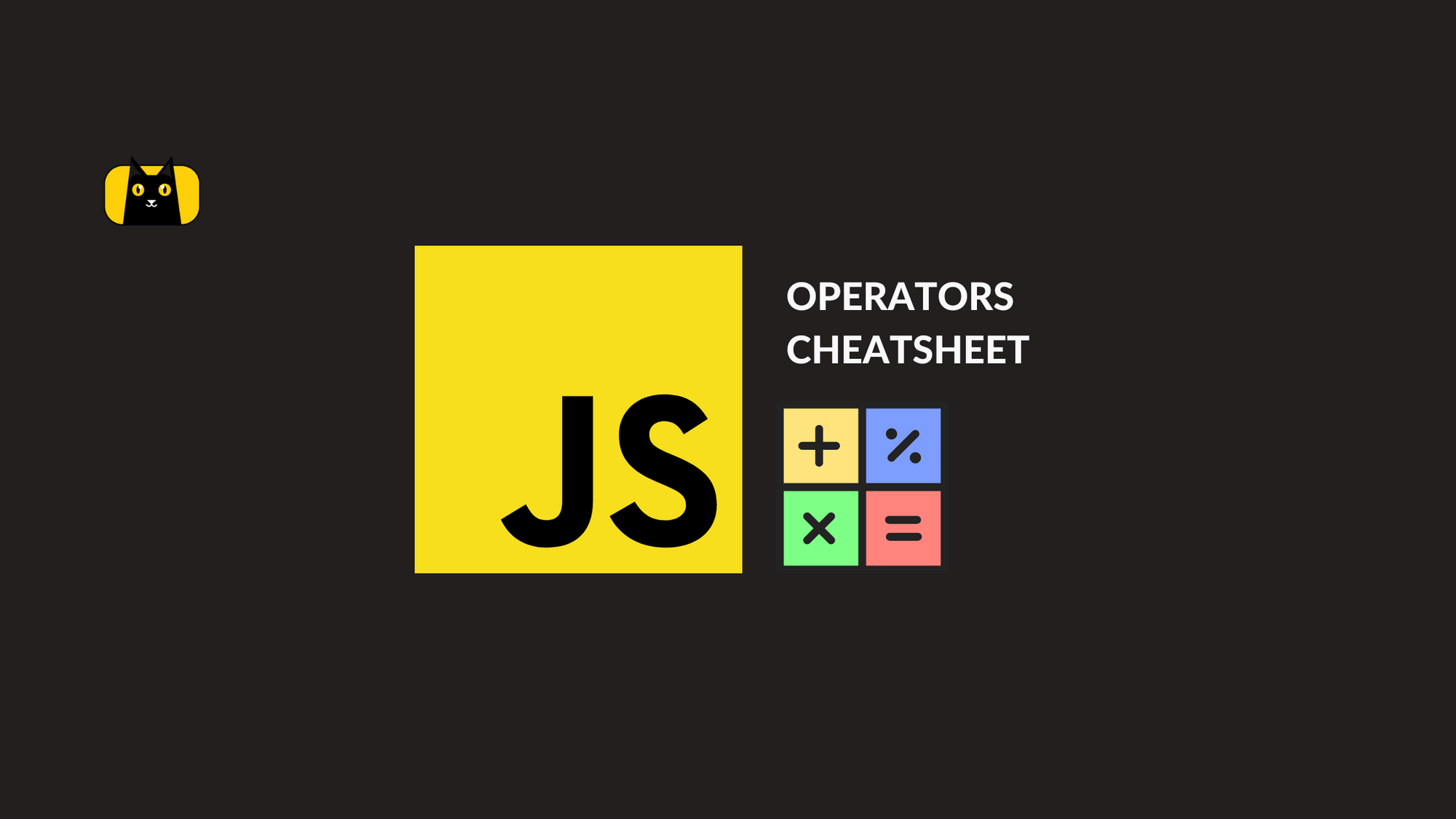Introduction
In the world of mobile apps, having a presence on multiple platforms is crucial to reaching a wider audience. However, creating separate apps for each platform can take time, effort, and resource-intensive. That’s where cross-platform app development comes in.
Cross-platform app development refers to building mobile applications that can run on multiple platforms using a single codebase. With cross-platform development, you can create a single app that works seamlessly across different platforms, such as iOS, Android, and Windows. Not only does this approach save time and money, but it also helps you to reach a wider audience and increase your app’s visibility.
In this article, I will dive deeply into cross-platform app development, including its benefits, challenges, and best practices. We’ll explore the most popular programming languages, tools, and technologies for building cross-platform apps and the cost and examples of successful cross-platform app development. And finally, I will give my take on the best framework for cross-platform development. So, if you’re looking to build an app that works across multiple platforms, read on to learn everything you need to know about cross-platform app development.
Keep reading to find out which language and framework is the best choice for your cross-platform app.
What is Cross-Platform App Development?

Cross-platform app development, aka multi-platform app development, hybrid app development, or platform-agnostic development, is the process of creating mobile applications that can run seamlessly on multiple platforms and operating systems using a single codebase. In contrast to native app development, which involves building separate apps for each platform using platform-specific languages and tools, cross-platform development allows developers to write one set of code that can be used across different platforms, saving time, effort, and resources.
Here’s a quick video about cross platform app development:
Benefits of mobile app cross-platform development
Cross-platform development offers several benefits, including:
- Cost-effectiveness: With cross-platform development, you can build a single app that works on multiple platforms, saving you time and money compared to building separate native apps for each platform.
- Faster time-to-market: Since you only need to develop one codebase, cross-platform development can significantly reduce development time and allow you to launch your app faster.
- Wider reach: Cross-platform apps can run on multiple platforms, which means you can reach a wider audience with a single app, regardless of their platform.
Challenges of cross platform development
However, cross-platform development also has some challenges that developers need to consider, such as:
- Performance: Cross-platform apps may not perform as well as native apps since they use a common codebase across multiple platforms.
- Compatibility: Different platforms have different design guidelines, features, and functionalities, making it challenging to create an app that works seamlessly on all platforms.
- Learning curve: Cross-platform development often requires learning new tools, technologies, and frameworks, which can be time-consuming and challenging for developers who are used to working with native languages and tools.
Despite these challenges, cross-platform app development has become increasingly popular in recent years, thanks to the growing demand for multi-platform apps and the emergence of new tools and technologies that make cross-platform development more accessible and efficient.
Which Language is Best for Cross-Platform App Development?

Choosing the right programming language is a critical decision when it comes to cross-platform app development. Several programming languages and frameworks are suitable for building cross-platform apps, each with pros and cons.
Here’s an overview of some of the most popular programming languages for cross-platform app development:
- JavaScript: Thanks to its versatility and ubiquity, JavaScript is a popular programming language for building cross-platform mobile apps. It is used in several popular frameworks for cross-platform development, including React Native and Ionic. JavaScript offers a vast developer community and a rich ecosystem of tools and libraries. However, JavaScript-based apps may suffer from slower performance compared to native apps.
- C#: C# is a high-level programming language developed by Microsoft, commonly used for building cross-platform mobile apps using the Xamarin framework. C# offers several features, including memory management and type safety, which can help prevent bugs and improve app performance. However, building cross-platform apps with C# can require a steep learning curve, and some platforms may need more support.
- Dart: Dart is a client-optimized programming language developed by Google, primarily used for building cross-platform mobile apps using the Flutter framework. Dart offers several features, such as fast development speed, hot-reload, and a robust widget library, which make it an excellent choice for building cross-platform apps. However, Dart has a relatively smaller developer community compared to other languages.
- Kotlin: Kotlin is a popular programming language developed by JetBrains, used primarily for building Android apps. Kotlin’s cross-platform capabilities come from its use in the Kotlin Multiplatform Mobile (KMM) framework. Kotlin offers several features, such as high performance, interop with Java, and type safety, which make it an excellent choice for cross-platform development. However, Kotlin is still a relatively new language, which may mean limited support and fewer resources for developers.
Programming Language Comparison Table
Here’s a quick comparison table:
| Language | Pros | Cons | Popular Frameworks |
| JavaScript | Large community, vast ecosystem, easy to learn | Performance limitations, dynamic typing | React Native, Ionic, PhoneGap |
| C# | Access to all native APIs, high performance | Steep learning curve, requires Visual Studio, limited free tier | Xamarin |
| Dart | Fast development time, customizable widgets, excellent performance | Limited third-party libraries, Dart language is less popular | Flutter |
| Python | Easy to learn, rapid development, large community | Poor performance, limited access to native APIs | Kivy |
| Kotlin | Interoperable with Java, modern language features | Limited ecosystem, limited support for older Android versions | Kotlin Multiplatform |
Ultimately, the best programming language for cross-platform app development depends on several factors, including performance, development speed, community support, and more. Developers should carefully evaluate each language’s pros and cons and choose the language that best meets their needs and project requirements.
How are Cross-Platform Apps Created?
When it comes to creating cross-platform apps, developers have several options. Here’s an overview of some of the most common cross-platform development frameworks and tools:
| Framework | Language | Learning Curve | Performance | Development Time | Community Support | Ecosystem | Access to Native APIs | Third-Party Libraries |
| React Native | JavaScript | Moderate | Good | Fast | Large and Active | Vast | Good | Excellent |
| Xamarin | C# | Steep | Excellent | Moderate | Active | Good | Excellent | Good |
| Flutter | Dart | Moderate | Excellent | Fast | Growing | Good | Good | Limited |
| PhoneGap | HTML, CSS, JavaScript | Easy | Poor | Fast | Moderate | Moderate | Limited | Moderate |
| Ionic | HTML, CSS, JavaScript | Easy | Poor | Fast | Moderate | Good | Limited | Excellent |
Note: This table is not exhaustive and should be used as a starting point when considering which cross-platform development framework to use. Depending on the specific project’s requirements, additional parameters may need to be considered.
When it comes to the development process for cross-platform apps, there are several key considerations to keep in mind. These include platform-specific features, user interface design, and testing. While cross-platform development can offer several advantages, such as time and cost savings, developers must carefully consider each platform’s unique requirements and ensure that the app provides an excellent user experience across all platforms.
Once a framework has been chosen, the development process begins, and several key considerations come into play. Platform-specific features, such as device compatibility and performance, must be taken into account. User interface design is also essential, as different platforms have varying design standards and user expectations.
Finally, testing is a crucial step in cross-platform app development. Automated testing is essential to ensure that the app functions as expected across different platforms and devices.
Is Python Good for Cross-Platform App Development?

Python is a popular general-purpose programming language known for its simplicity, readability, and vast ecosystem of libraries and frameworks. However, regarding cross-platform app development, Python’s suitability is somewhat limited.
Python is an interpreted language requiring an interpreter to execute code. This can impact performance, making Python less suitable for performance-intensive applications. Additionally, Python has limited access to native APIs, which can make it challenging to access certain platform-specific features.
Despite these limitations, Python can be used for cross-platform development using frameworks such as Kivy. Kivy is an open-source Python library for developing mobile applications that can run on multiple platforms, including iOS, Android, and Windows. Kivy provides access to native APIs and allows developers to create high-quality, visually appealing applications.
Here’s a quick video on how you can use Python for mobile app cross platform development:
Python may not be the best choice for cross-platform app development compared to other programming languages such as JavaScript, C#, and Dart. However, it can be a viable option for specific applications, particularly those that do not require high-performance or extensive platform-specific features.
Several successful cross-platform apps have been developed using Python, including the game “Civilization IV” and the Dropbox desktop app. These examples show that, despite its limitations, Python can be used to develop robust cross-platform applications.
While Python may not be the best choice for all types of cross-platform app development, it can be a viable option for certain use cases. Developers should consider the specific requirements of their project and carefully evaluate whether Python is the right choice for their needs.
What is the Best Technology for Cross-Platform Mobile Development?
if you prioritize a fast development process and a large community of developers, React Native may be your best choice. On the other hand, if you’re building an enterprise-level app that requires native performance and access to platform-specific APIs, Xamarin may be the better option.
You can use a decision-making framework to choose what suites your project.
| Framework/Parameter | Performance | Development Speed | Community Support | Cost |
| React Native | 4 | 5 | 5 | 3 |
| Xamarin | 3 | 3 | 4 | 4 |
| Flutter | 5 | 4 | 4 | 4 |
| Cordova | 2 | 4 | 3 | 5 |
| Ionic | 3 | 4 | 4 | 4 |
In this example, we’ve rated each framework on a scale of 1-5 for four critical parameters: performance, development speed, community support, and cost. The higher the number, the better the framework is for that parameter. Based on this matrix, Flutter is the top performer with the highest rating for performance, followed by React Native, which scores highly across all four parameters. Xamarin and Ionic score reasonably well, while PhoneGap is the least suitable option based on this matrix. However, this is just one example; your specific needs and priorities may lead to a different ranking of the frameworks.
Closing remarks
Cross-platform app development has become popular for businesses and developers looking to reach a wider audience. With the rise of mobile devices and the need for consistent user experience across platforms, choosing the right technology and framework has become more critical than ever.
In this article, we explored the concept of cross-platform app development and why it’s crucial in the current technology landscape. We also looked at the best programming languages and frameworks for cross-platform development, weighing the pros and cons of each. We discussed the different aspects that influence the selection of a framework and presented a decision-making matrix to help you make the right choice for your specific needs.
After analyzing the popular cross-platform technologies, it’s clear that Flutter and React Native are excellent choices for developing high-quality, performance-oriented, and cross-platform mobile apps. While each technology has unique features and benefits, React Native provides a perfect combination of development speed, community support, platform-specific features, and a rich development environment.







